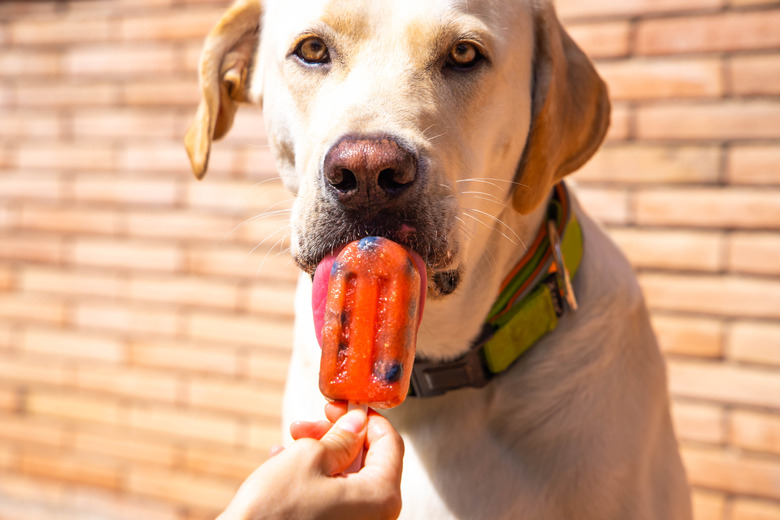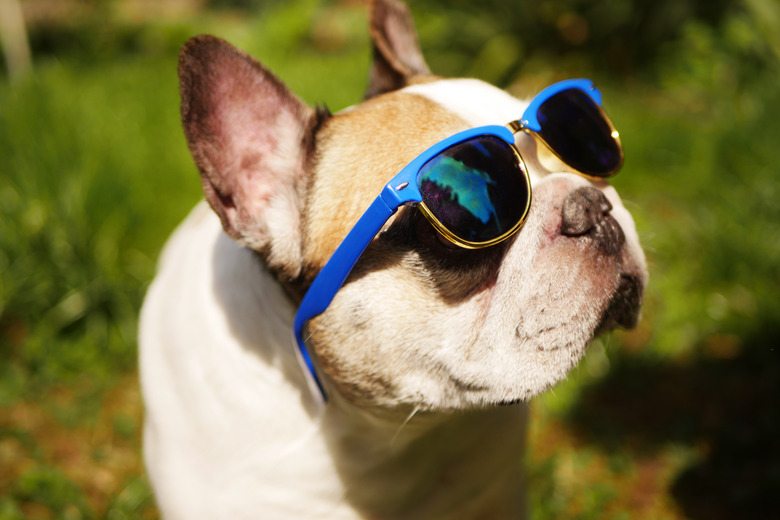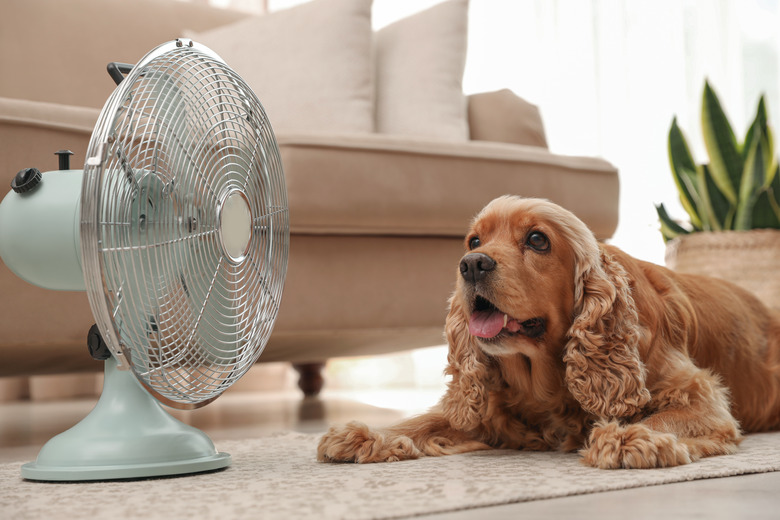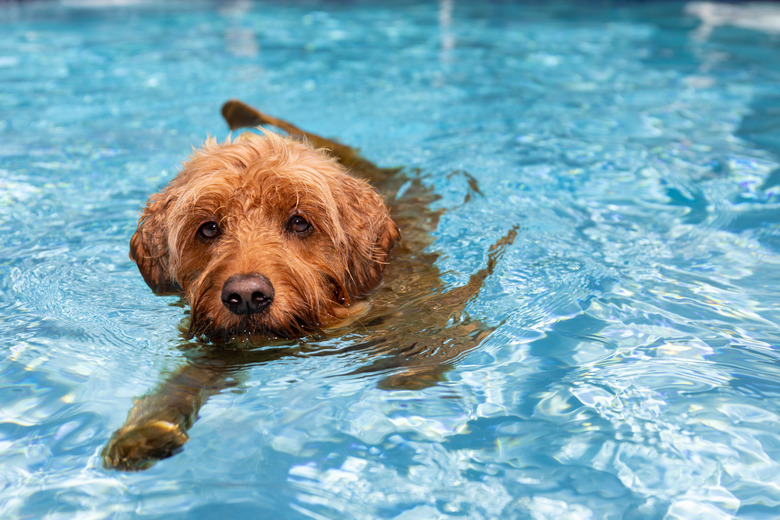Keeping Pets Safe And Cool At Home With An Air Conditioner
Summertime temperatures can be dangerous for pets, particularly if their age, breed, or health make them prone to overheating. Your pets will appreciate an air-conditioned home as much as you do, and having air conditioning can help keep them safe during the hotter months.
Is air conditioning safe for dogs and cats?
Is air conditioning safe for dogs and cats?
Air conditioning is safe for pets and it is the best way to keep them cool when temperatures soar. Whether your home has central, window, or portable units, air conditioning can maintain a comfortable indoor temperature for your cat or dog.
By regularly replacing filters and cleaning vents, you can help to prevent dust and allergens from building up. Pets that have allergies or other respiratory conditions may be more sensitive to the indoor air quality, so keep the air filters clean — to prevent their symptoms from being aggravated.
If you have central air conditioning, make sure the outdoor unit is kept clean and is not accessible to your pet. Both dogs and cats could cause damage to an outdoor unit by scratching (or peeing on) it, which may affect the unit's functioning. Place a barrier around the unit to prevent damage from pets.
What temperature is best for keeping pets cool?
What temperature is best for keeping pets cool?
While every family member will have a different comfort threshold, it's best to keep indoor temperatures under 80 degrees for pets. If you have a thermostat, set it to a comfortable temperature between 70 and 80 degrees. Portable and window air conditioning units may not have a thermostat, so you might need to experiment with the settings.
In hot weather, air conditioning should be left on for pets when they are home alone. Houses and apartments can heat up quickly and indoor temperatures can quickly exceed 80 degrees if the air conditioning is off.
Extra cooling measures to take for pets
Extra cooling measures to take for pets
Keeping your home cool can cause bigger electric bills, but there are extra measures you can take to save money while keeping your pets safe and comfortable.
- Use fans. A tower or ceiling fan can improve airflow and distribute cool air throughout the house.
- Close curtains and blinds. Rooms that receive a lot of sun during the hottest part of the day can get very warm and cause air conditioning units to work harder. Shut curtains and blinds during the day to keep your unit from working overtime.
- Adjust the thermostat. While 67 degrees feels great on a triple-digit day, it takes a lot of power to maintain lower temperatures. Bumping it up to 75 might take some getting used to, but it will save you money and still keep your pets comfortable. Programmable thermostats are another option for maintaining indoor temperatures.
- Give dogs frozen treats. Everyone appreciates a frozen treat on a hot day, and dogs are no exception! Frozen dog toys are a fun option, or you can use treats to make a DIY Frozen Treasure Game for your dog.
Heat stroke in dogs: symptoms and prevention
Heat stroke in dogs: symptoms and prevention
Overheating is most often associated with extreme heat, but any dog or cat can overheat in temperatures above 80 degrees. Pets that are very young, elderly, have health conditions, or are brachycephalic (flat-faced) are more prone to overheating than other pets. It's important to know the signs of heat stroke and take preventative measures.
Symptoms of heat stroke in dogs: Overheating in dogs presents as frantic panting, excessive salivation, labored breathing, and bright-red membranes in the mouth. Cats who are overheating will display rapid breathing, bright-red membranes in the mouth, lethargy, and vomiting.
If a dog or cat is overheating and cannot cool their body temperature, they can go into heat stroke. Heat stroke needs emergency treatment. Dogs are especially prone to heat stroke since they spend more time outside. They often don't know their limits when playing or exercising. Overheating is a medical emergency and it can lead to organ damage and death. Prevention is the best way to avoid heat stroke in dogs and cats.
Preventing heat stroke in dogs: Always provide your pets with plenty of water. A cooling mat can be a good option for pets who are particularly heat-sensitive. Avoid taking dogs outside during the hottest parts of the day and stick to walking on grass if possible, as hot pavement can burn a dog's paws. Never leave your pet in a parked car, even if it is in the shade with the air conditioner running! Even a few minutes in a car on a hot day can be dangerous for pets.
In summary
In summary
Air conditioning is not only safe for pets, but it is also a great way to keep them cool and comfortable during the summer. Leave your air conditioning on for your pets when they are home alone, and set the thermostat to 80 degrees or lower. Prevent overheating by providing your pets with plenty of water and avoiding outdoor activity during the hottest part of the day.



